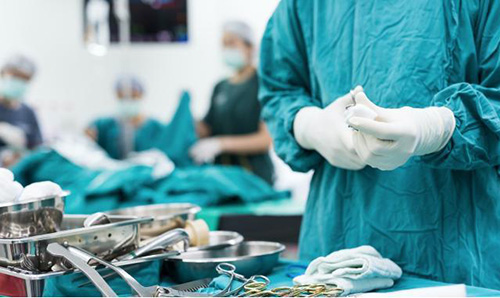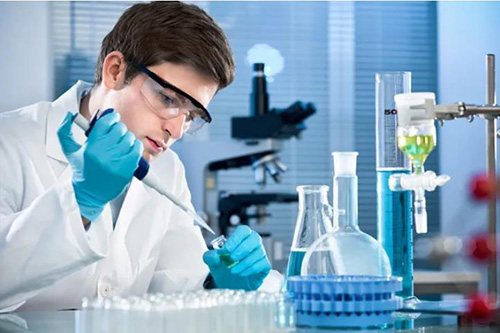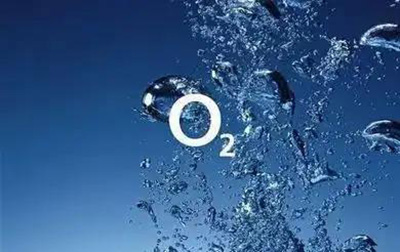13 May 2022
The quality of medical oxygen is directly related to human health. In recent years, molecular sieve oxygen concentrator have been widely used in clinical practice. The oxygen concentration produced by molecular sieve oxygen concentrator can only reach 96%, which does not meet the specified requirement of not less than 99.5%. Below 90% oxygen. Whether molecular sieve oxygen production is feasible in clinical use needs further research. This paper starts with the development and use of the oxygen concentrator, and analyzes the feasibility of molecular sieve oxygen production, in order to provide a reference for the scientific decision-making of medical device supervision.

Oxygen production principle
At present, there are two main methods for preparing medical oxygen, cryogenic method (also known as low temperature air separation method) and molecular sieve oxygen production method (also known as pressure swing adsorption method, Pressure Swing Absorption, PSA). Both use air as raw material, but the oxygen concentration of the former can reach more than 99.5%, while the latter can only reach 96%.
Cryogenic Method
The oxygen content of medical oxygen specified in the "Medical Oxygen" standard shall not be less than 99.5% (ml/ml), which is for cryogenic oxygen production. The cryogenic method utilizes the different boiling points of oxygen and nitrogen components in the air (the boiling point of oxygen is 90K and the boiling point of nitrogen is 77K at atmospheric pressure) to separate oxygen.
First, the air is compressed, cooled and then liquefied. In the rectification tower, oxygen with a high boiling point is continuously condensed from the steam into liquid oxygen, and nitrogen with a low boiling point is continuously transferred into the steam, so that the nitrogen content in the rising steam continues to increase, while The amount of oxygen in the downstream liquid becomes higher and higher, resulting in a high concentration of liquid oxygen. Liquid oxygen or liquid oxygen pump, vaporizer, filling row and other special devices are filled into oxygen cylinders for clinical use.
The characteristic of cryogenic method is that whether it is air liquefaction or rectification, it is carried out at a temperature below 120K; liquid oxygen becomes liquid ozone after long-term weak discharge; because hydrocarbons (ie hydrocarbons) can dissolve For liquid oxygen, this method cannot completely separate out hydrocarbons in the air, etc.

In addition to oxygen, the oxygen produced by this method is composed of moisture, carbon dioxide, carbon monoxide, gaseous acids and alkalis, ozone and hydrocarbons, which are harmful to the human body. If the regulation of the oxygen content is lower than 99.5%, these components harmful to the human body will increase accordingly, exceeding the standard and regulation content, thus causing harm to the human body. This is why the oxygen content of medical oxygen must be no less than 99.5%.
Molecular sieve oxygen production method
Medical molecular sieve oxygen production equipment uses air as raw material, based on the selective adsorption of oxygen and nitrogen components in the air by molecular sieve, and adopts the principle of pressure swing adsorption, that is, the adsorption capacity, adsorption speed and adsorption rate of oxygen and nitrogen in the air on the adsorbent. The difference in adsorption force and the adsorption capacity of the adsorbent for oxygen and nitrogen under different pressures are quite different to separate the air to obtain oxygen.
When the air is compressed and passes through the adsorption layer of the molecular sieve adsorption tower, nitrogen molecules are preferentially adsorbed, and oxygen molecules remain in the gas phase to become oxygen. When the adsorption reaches equilibrium, the nitrogen molecules adsorbed on the surface of the molecular sieve are removed by decompression or vacuuming, and the adsorption capacity of the molecular sieve is restored, that is, adsorption and desorption. In order to continuously provide a certain flow of oxygen, the device is usually equipped with two or more adsorption towers. Through the process control instructions, the high and low pressure gas is connected in a time-sharing manner, and the adsorption and desorption regeneration process is completed over and over again.

This method adopts pure physical adsorption, and the oxygen concentration produced is 90%~96%, which is lower than the requirement of medical oxygen content not less than 99.5% in the "Medical Oxygen" standard, but harmful components (such as hydrocarbons and solid substances, etc.) content is lower than the limit for it in the standard.
Generally, oxygen poisoning occurs after inhaling 100% oxygen for 24 hours or more than 60% oxygen for 48 hours. Clinical oxygen is generally used below 50% oxygen. Even ventilators and anesthesia machines that require high oxygen content only need oxygen content. Oxygen within 90%. That is, when medical institutions use oxygen for treatment of patients, they often fill a certain amount of air into pure oxygen to dilute according to the needs of the patient's condition. meet clinical needs.
In 1990, the United States included oxygen obtained from molecular sieves, referred to as 93% oxygen (Oxygen 93 percent), into the USP-XX II edition of the United States Pharmacopoeia. The regulations are the same as those of the US Pharmacopeia for oxygen levels.
Keywords: oxygen concentrator
Originally published 13 May 2022, updated 13 May 2022.